If you take a stroll along the walking paths of Robertson Park, you might see ACRCD and Living Arroyos staff gathering water from the Arroyo Mocho stream to irrigate the newly planted Western sycamore stakes (live cuttings that were driven into the ground to take root and grow) for the Sycamore Alluvial Woodland (SAW) Pilot Study.
SAW is a rare plant community and habitat in California that is dominated by Western sycamore (Platanus racemosa). The towering trees grow along braided channels and intermittent streams, and their establishment is closely tied to the hydrology of these systems. They use winter rains and floods to carry and disperse their seed along meandering bends, side channels, and across sprawling floodplains. The seed deposits into gravel bars, point bars, and sediment benches, then germinate. The seedlings rely on the high winter and spring groundwater levels that recede into the summer to establish — hopefully to eventually becoming a tree with a canopy wide enough to provide respite from the hot summer heat for those of us that aren’t adapted to intermittent water and high temperatures.
SAW supports a variety of species including Western pond turtle and steelhead trout. Western sycamore’s large trunks and limbs provide cavities for nesting birds, insects, and mammals; while downed limbs provide riffles and pools for young fish when water is present in winter and spring. Changing climate conditions, land and water use, and flood regimes disrupt SAW and the hydrologic processes that are necessary for its regeneration, thus reducing the range, distribution, and condition of this rare habitat type.
HT. Harvey & Associates and the San Francisco Estuary Institute (SFEI) have been researching the ecology of this disappearing habitat, with the goal of restoring and enhancing SAW along braided channels and intermittent streams in Santa Clara and Alameda Counties. In support of H. T. Harvey & Associates and Zone 7 Water Agency, the ACRCD is implementing the maintenance and monitoring plans for two SAW pilot studies in Alameda County along Arroyo Mocho, with the goal of maintaining the health and vigor of the planted Western sycamore stakes and identifying effective methods for restoring SAW.
For further reading, take a look at the recently completed companion “Sycamore Alluvial Woodland Restoration and Enhancement Suitability Study” by SFEI and H. T. Harvey, which addresses distribution and regeneration patterns and restoration strategies of SAW. This study and the pilot Western sycamore planting along the Arroyo Mocho are part of the “Preparing for the Storm” project, a grant led by Zone 7 Water Agency and funded by the US Environmental Protection Agency Water Quality Improvement Fund.


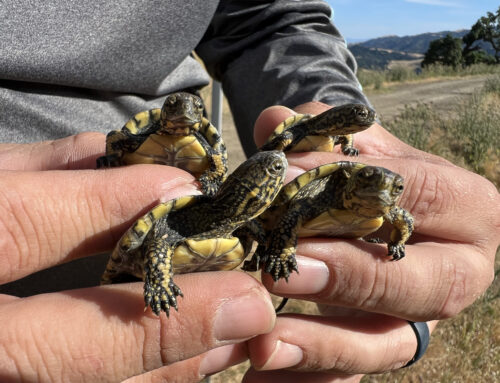
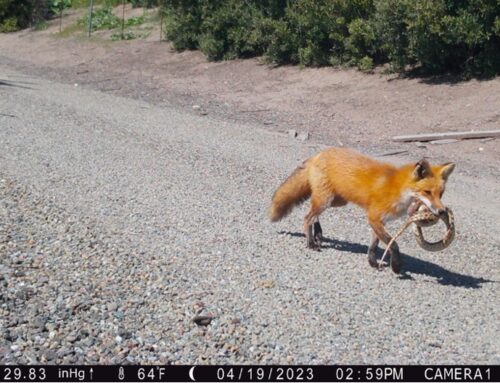
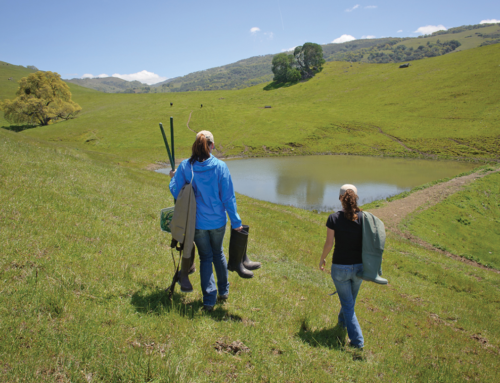
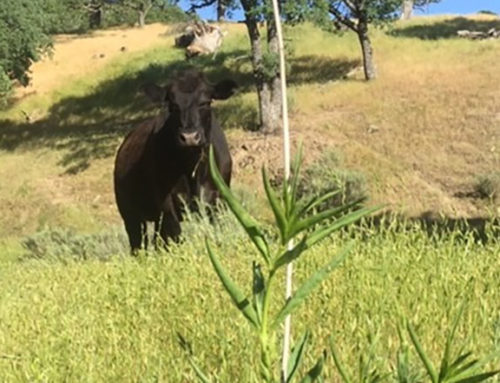
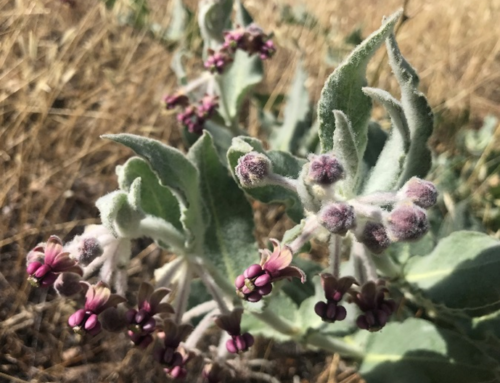
Leave A Comment